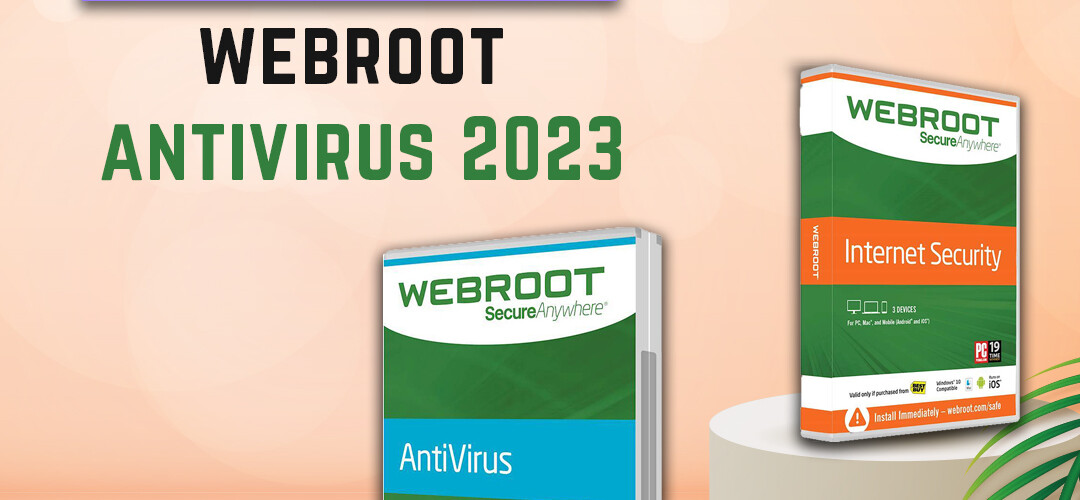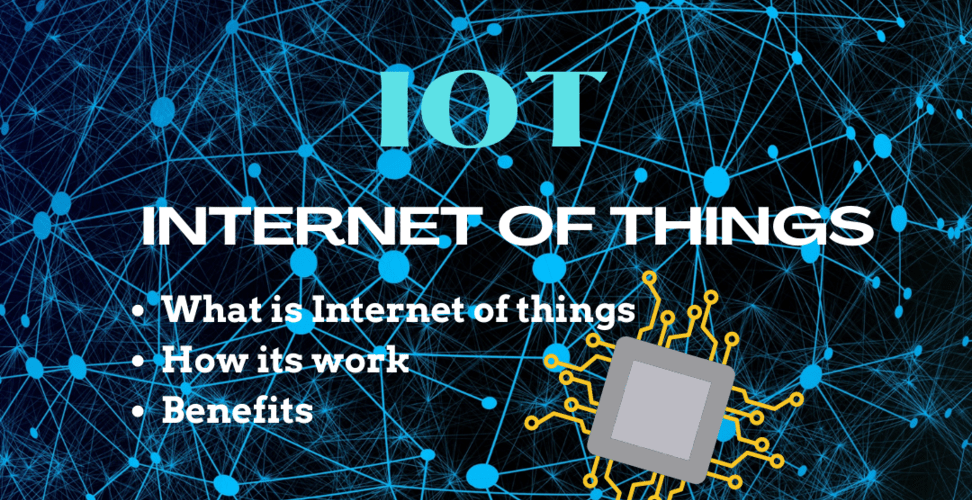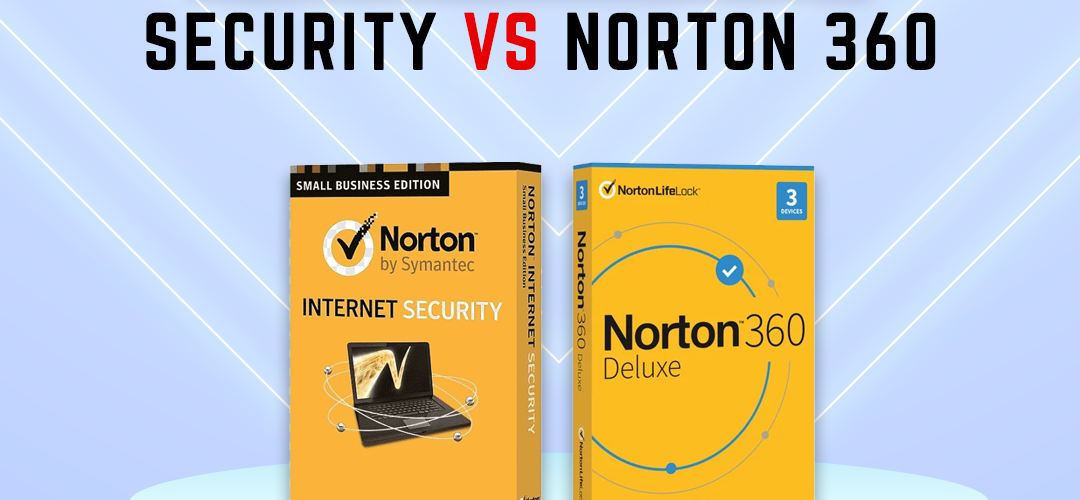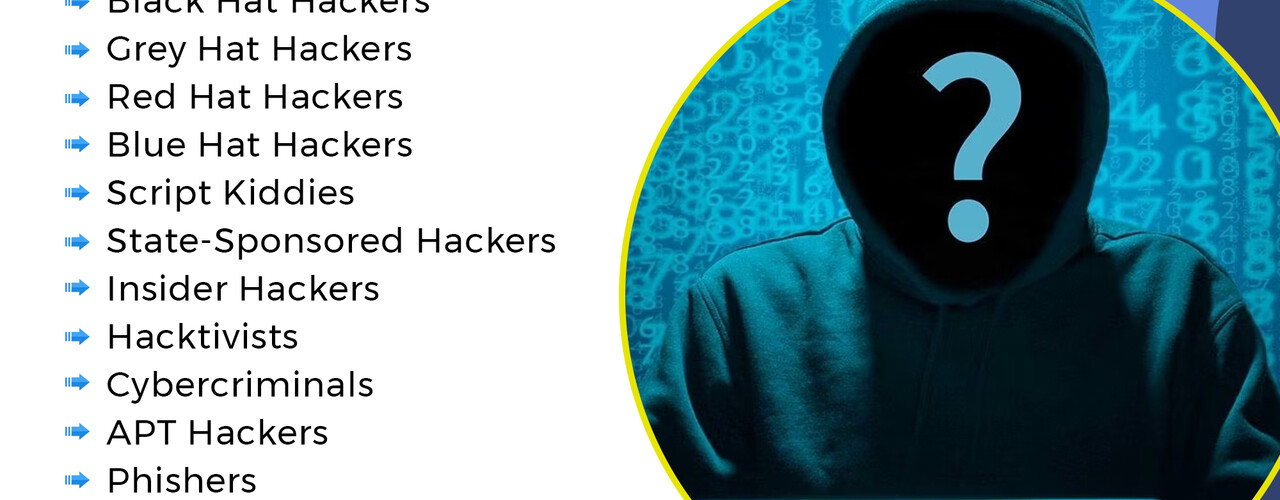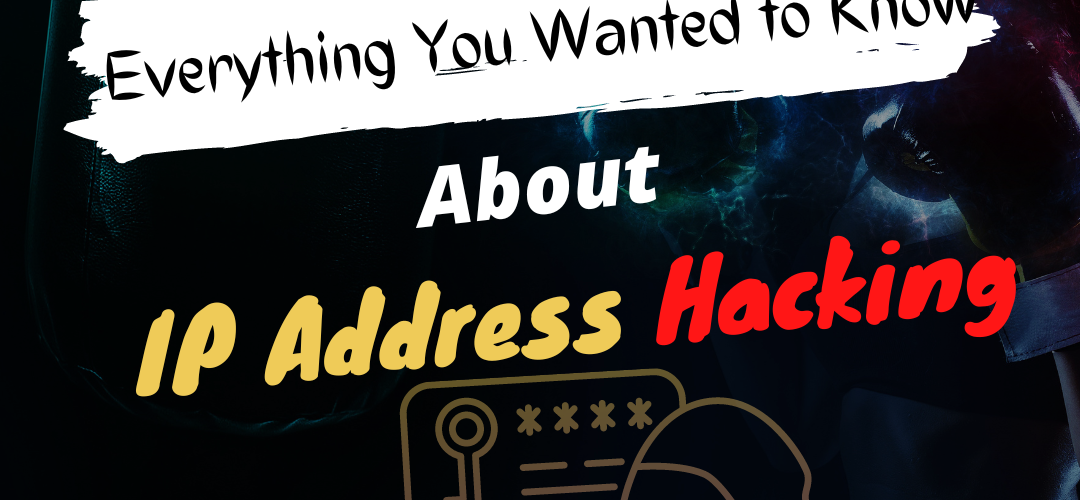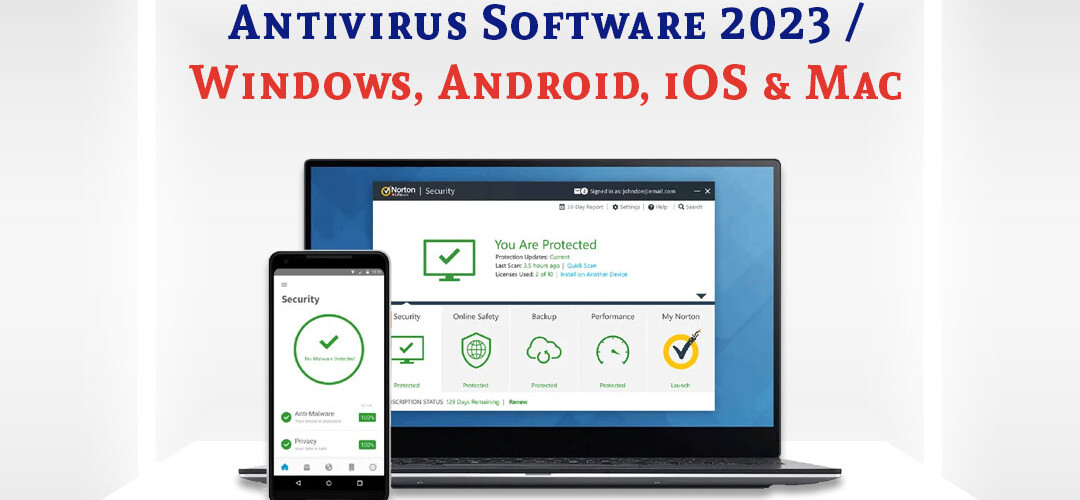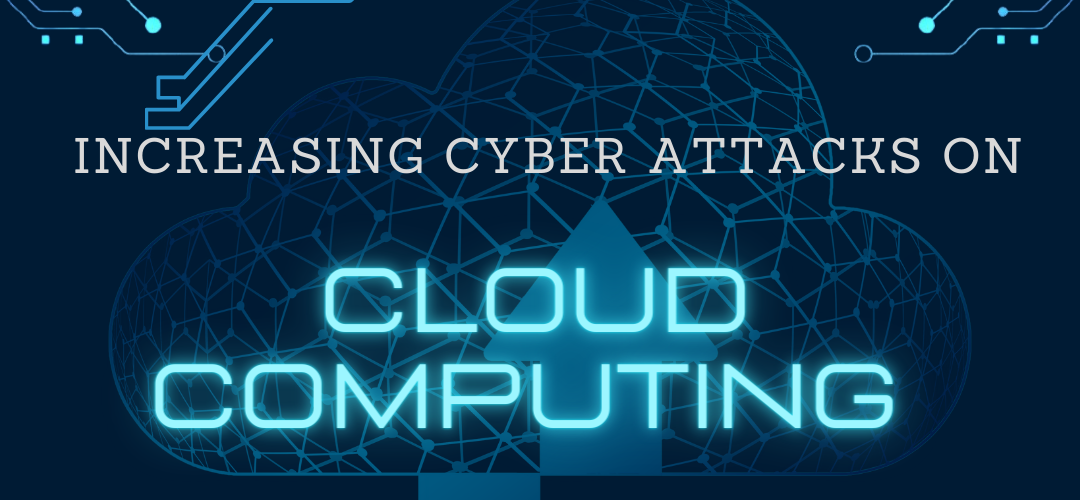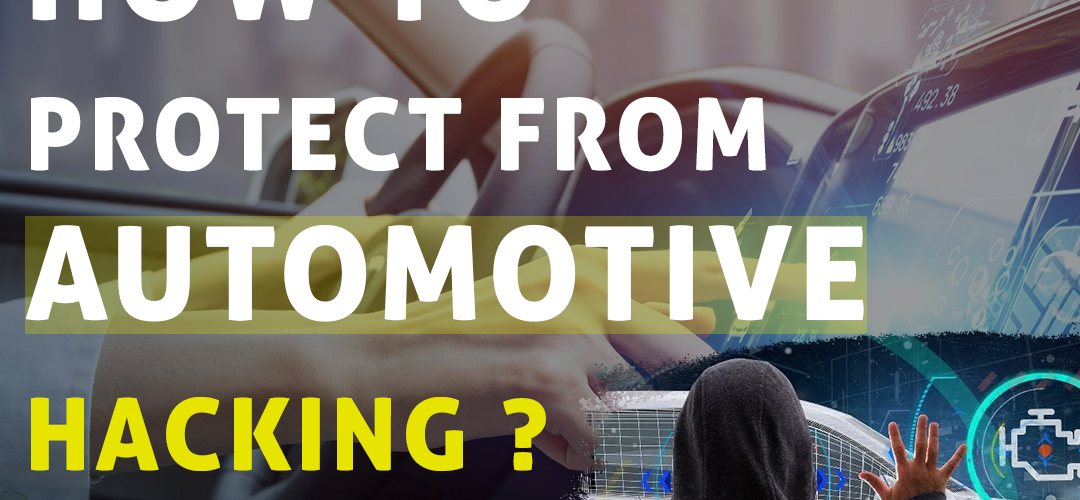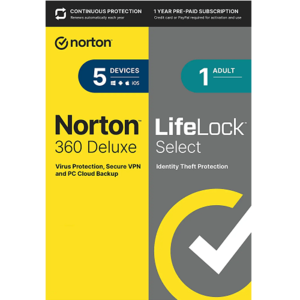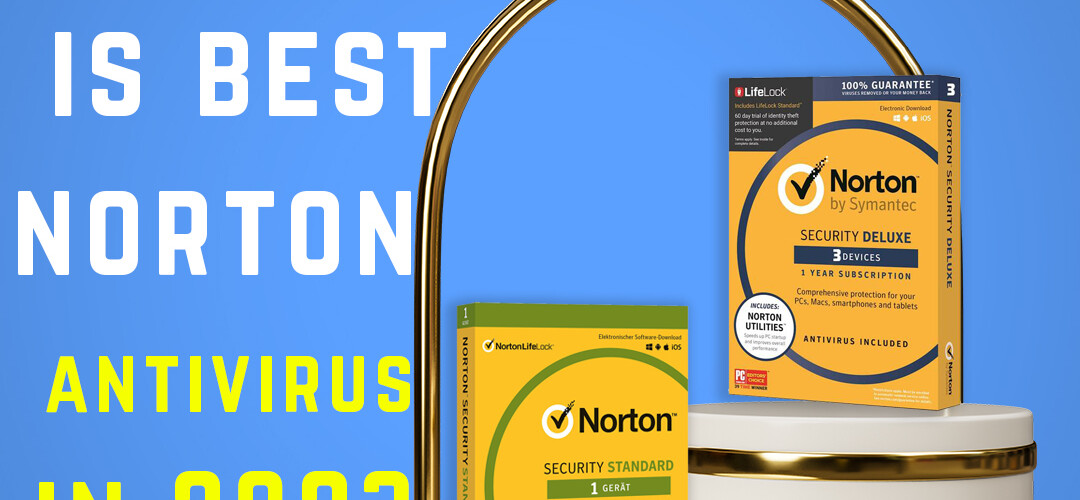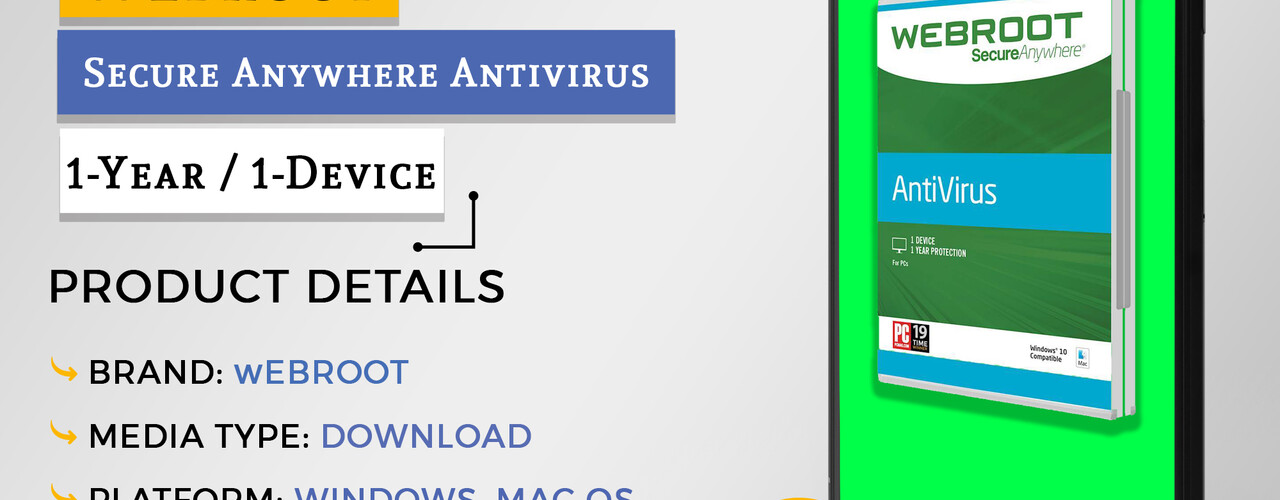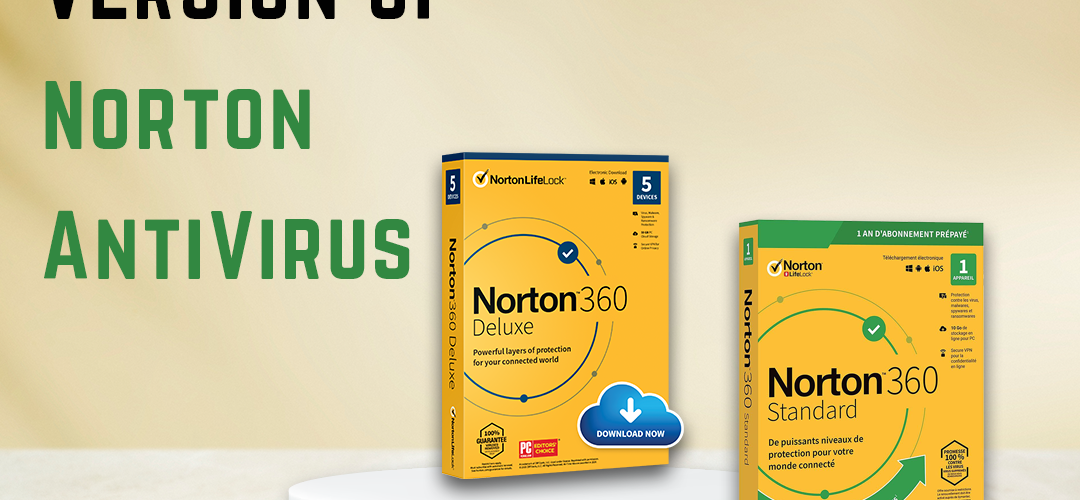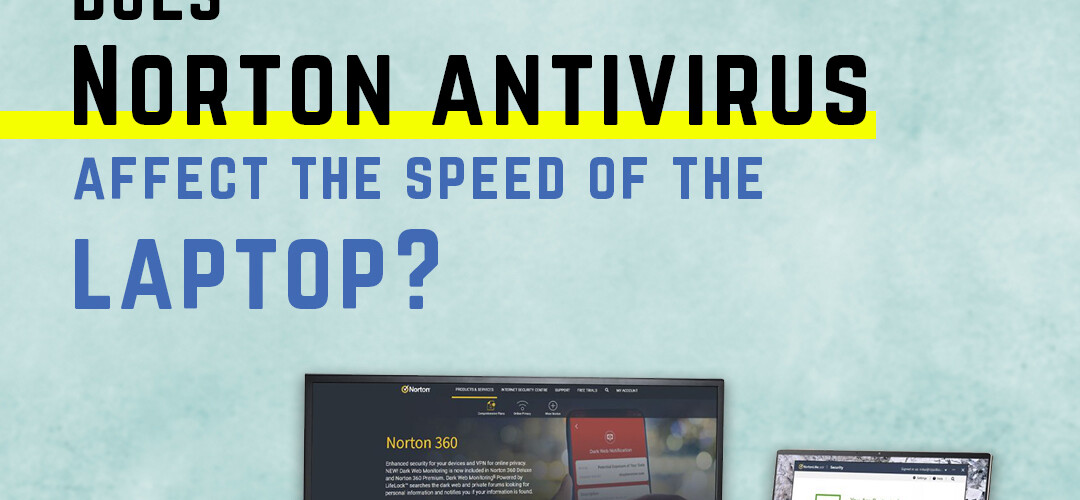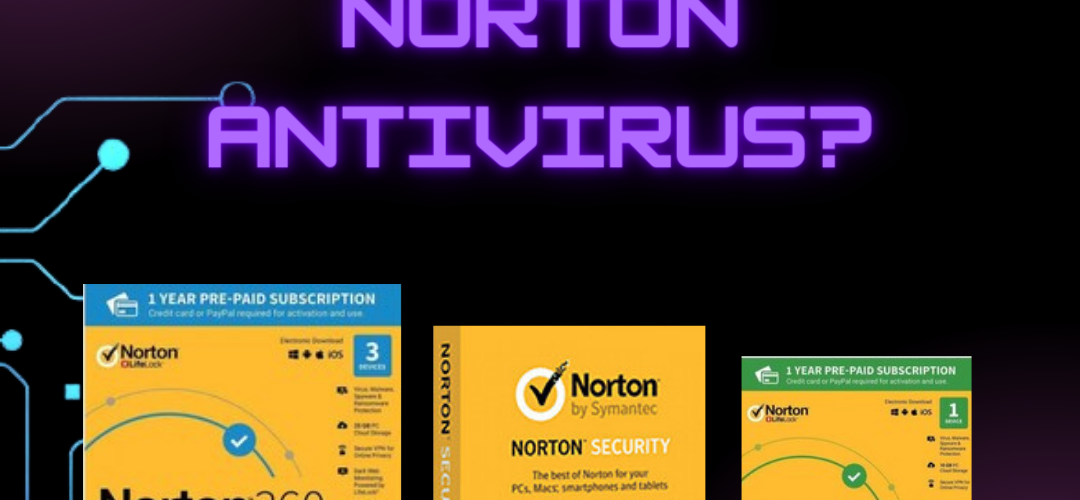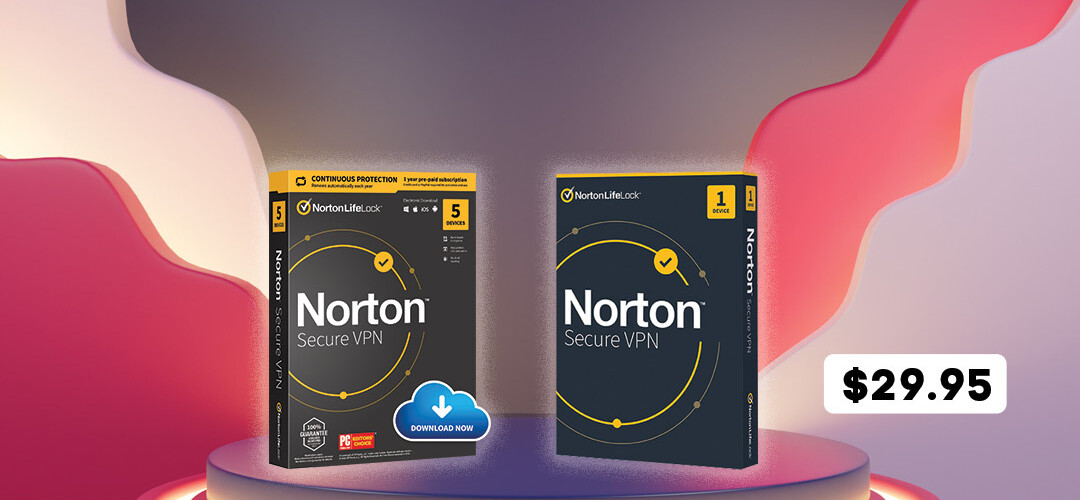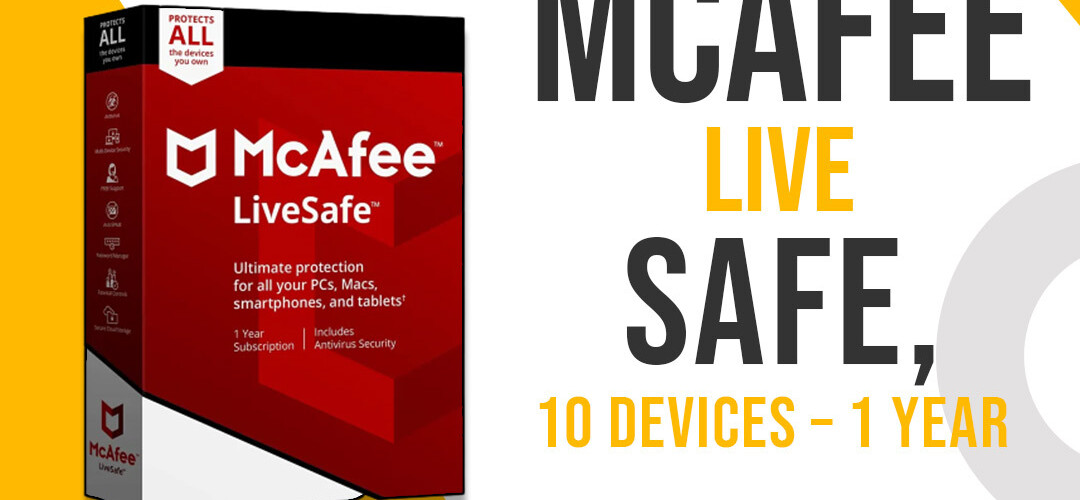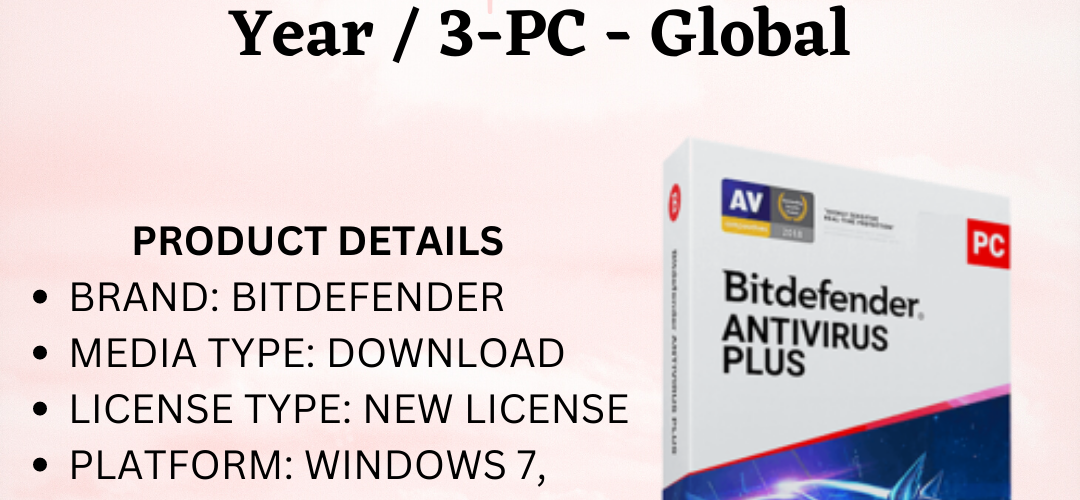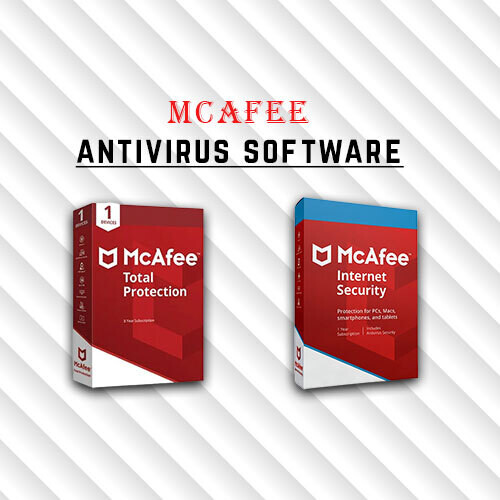The Ultimate Cybersecurity Guide: Keeping Your Devices and Data Secure - iSoftware Store
Maintaining the security of our devices and data is more important than ever in the linked world of today when our lives are becoming more and more digital. Because cyber dangers are always changing, it's critical to keep ahead of the curve in order to protect both personal and professional data. We'll go over doable actions and recommended practices in this comprehensive cybersecurity guide to assist you in strengthening your defenses and successfully navigating the digital terrain.
iSoftware Store, a leading antivirus software company, offers robust cybersecurity solutions. With cutting-edge technology, it provides reliable protection against malware, ensuring the safety of your digital environment.
1. Multi-factor authentication (MFA) and strong passwords:
A strong password policy is the first line of defense against cyber threats. For every account you have, use a difficult, one-of-a-kind password that you update on a regular basis. To create and safely store complicated passwords, think about utilizing a reliable password manager. Furthermore, whenever feasible, activate multi-factor authentication (MFA), which adds an additional layer of security by demanding a second form of verification.
2. Maintain Updating Operating Systems and Software:
Updating your operating systems and applications on a regular basis is essential to keeping your digital environment safe. Updates are released by developers to improve security features and fix vulnerabilities. Assign updates to your devices automatically, and take aggressive measures to find and install patches. Because out-of-date software is frequently exploited by cybercriminals, regular upgrades are an essential part of any protection strategy.
3. Protection against Malware and Viruses:
Purchase a trustworthy antivirus and anti-malware program to shield your gadgets from dangerous software. Update the virus definitions on a regular basis and run comprehensive system scans. By taking this proactive measure, you can shield your data against viruses and maintain the general well-being of your devices.
4. Protect Your Wireless Network:
The Wi-Fi network at your house or place of business could be a point of access for hackers. Modify the router's default username and password to secure it. For your Wi-Fi network, use WPA3 encryption, and change the network password frequently. You should also think about disguising the SSID of your network to further obscure it and make it harder for unauthorized users to connect.
5. Be Alert for Phishing Attempts:
Cybercriminals frequently employ phishing attempts to deceive people into disclosing personal information. Unsolicited emails, texts, or links should raise suspicions, especially if they ask for personal or financial information. Check the validity of communications before responding to links or sending any private information. Two effective strategies for combating phishing attempts are education and awareness.
6. Make a Data Backup:
Make regular backups of your data to a safe cloud service or an external device. Having a recent backup ensures that you may retrieve your vital information and minimize data loss in the case of a cyber incident or hardware breakdown. Automated backup solutions can ease this burden and offer comfort.
7. Put a Virtual Private Network (VPN) into Action:
Through the encryption of your internet connection, a VPN provides an additional degree of security for online browsing. This improves privacy and shields your data from possible eavesdroppers, especially while utilizing open Wi-Fi networks. Select a reliable virtual private network (VPN) provider and use it regularly to protect your online activity.
8. Keep an Eye on Your Digital Trail:
Examine your internet activity and accounts on a regular basis to spot any unusual activity or illegal access. Create notifications for atypical account activity and look into any anomalies right away. You can identify and address possible security risks by keeping a close eye on your digital footprint and taking proactive steps to manage it.
To sum up, cybersecurity is a dynamic and continuous process that calls for a mix of preventative, educational, and awareness-raising efforts. You may enjoy a more secure online experience and drastically lower your chance of becoming a victim of cyber threats by adopting these measures into your daily digital routine. In the always changing digital scene, be knowledgeable, alert, and mindful of how to secure your devices and data.
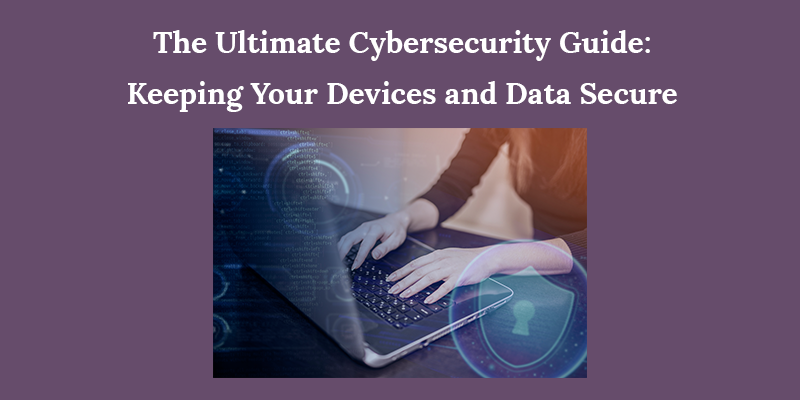





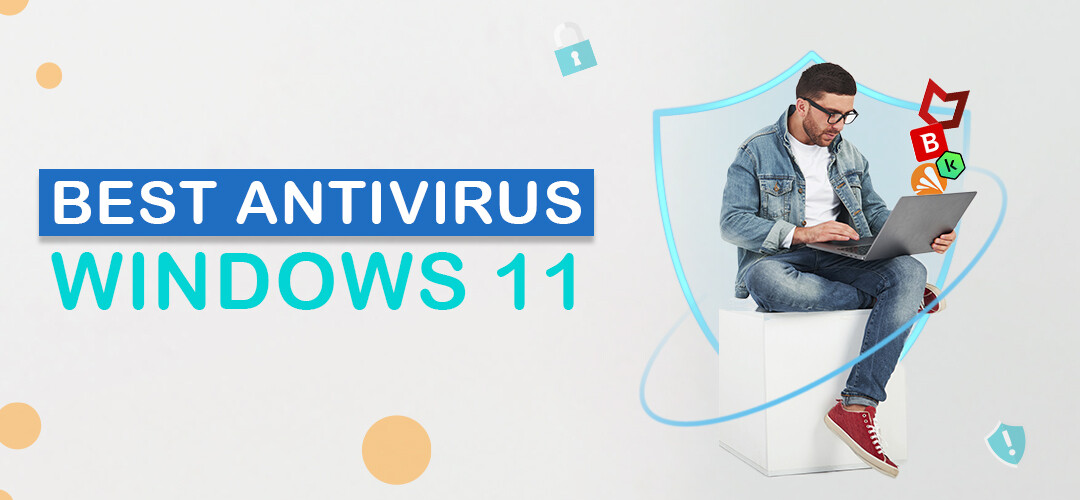
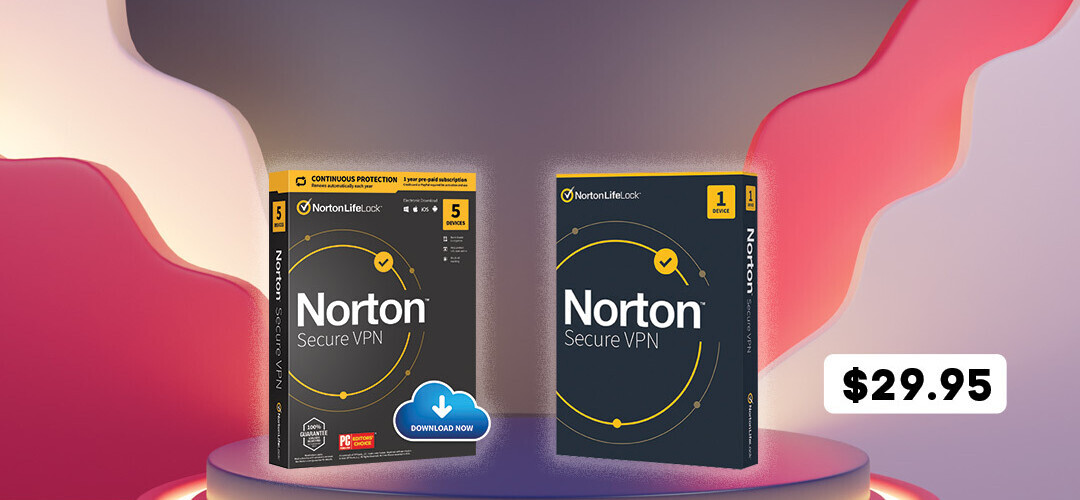

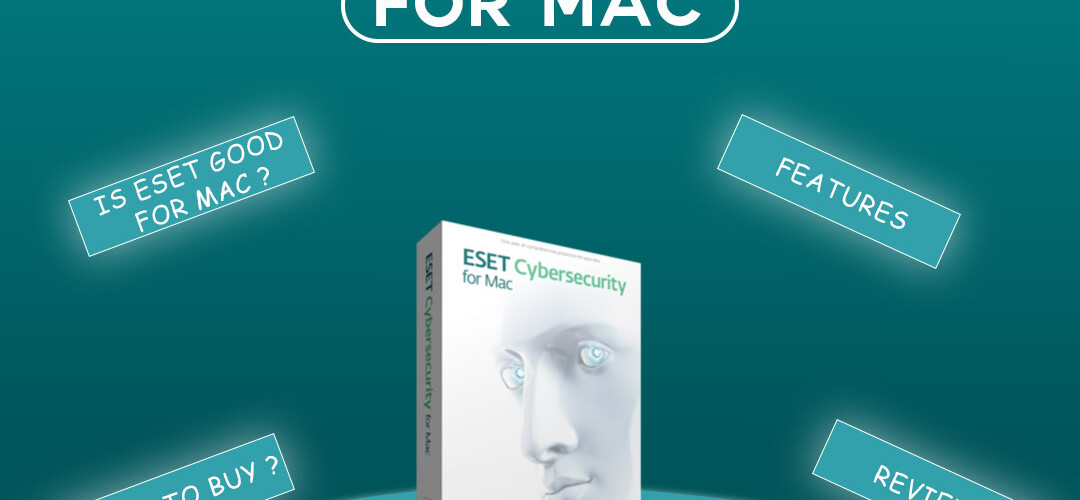

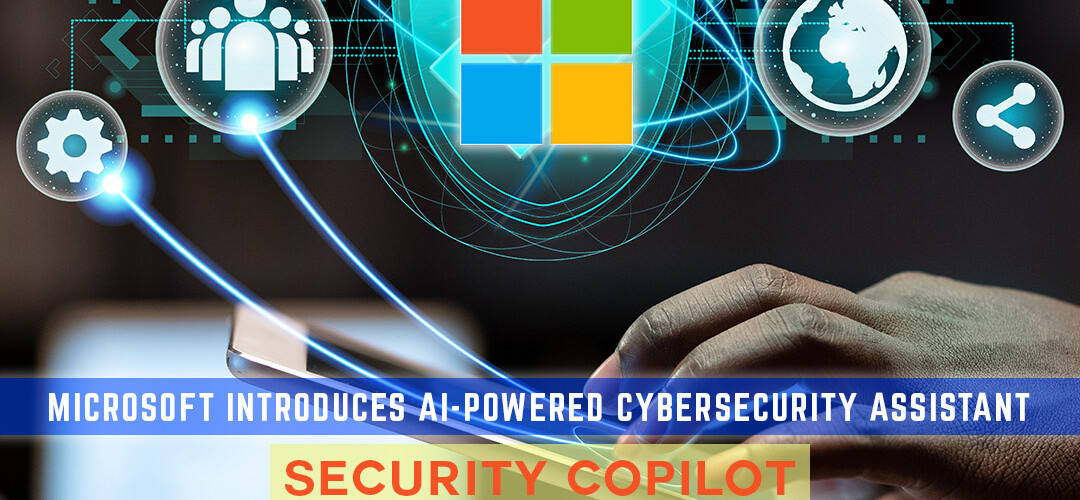





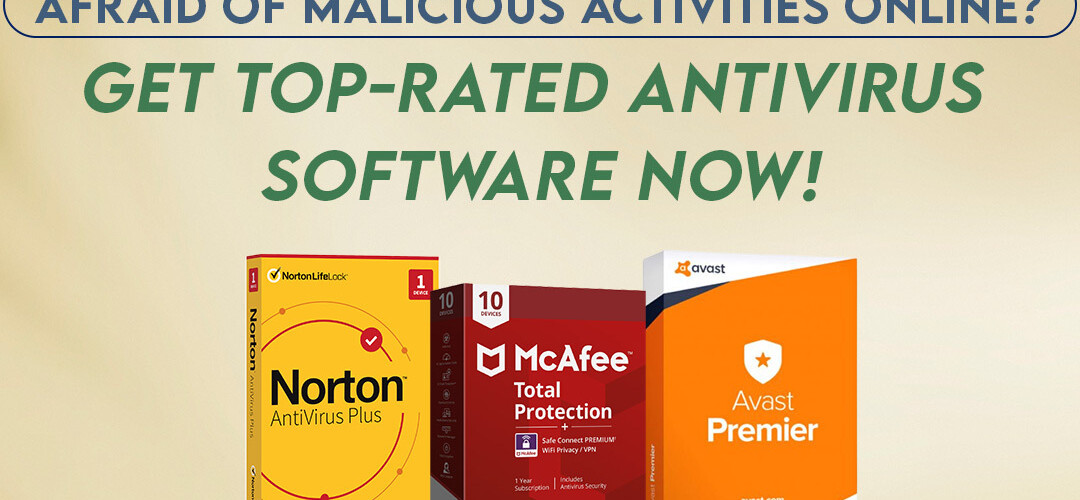
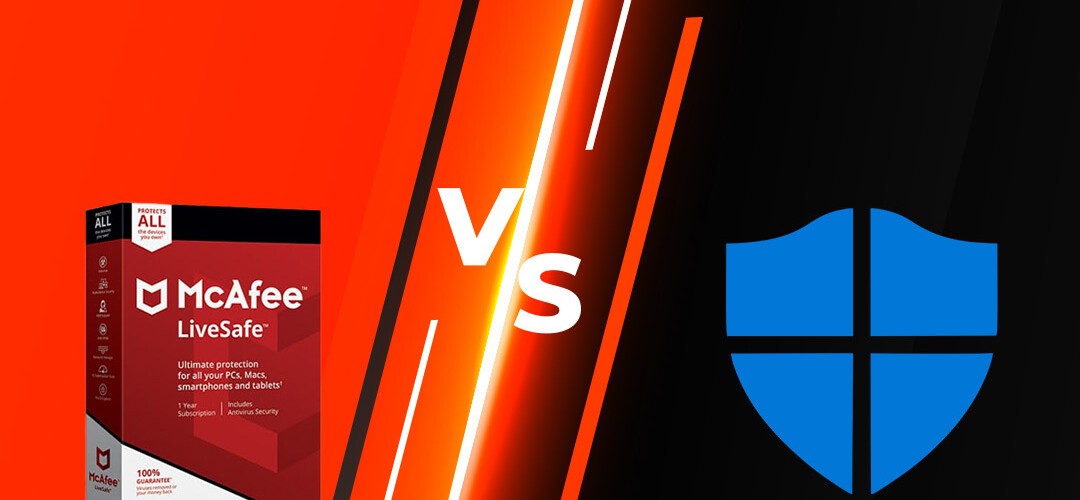
![Best antivirus software for gaming pc [2023] - isoftwarestore Best antivirus software for gaming pc [2023] - isoftwarestore](/images/blogs/5zS1kMre.png)

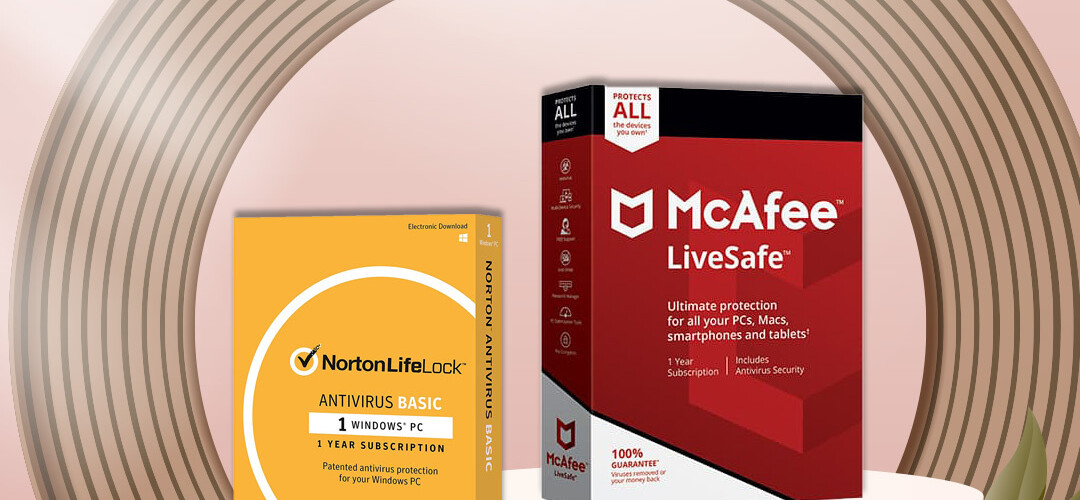
![Webroot vs Norton 360 [2023] | which is better @isoftwarestore Webroot vs Norton 360 [2023] | which is better @isoftwarestore](/images/blogs/23ormN2S.jpg)



